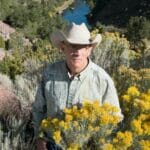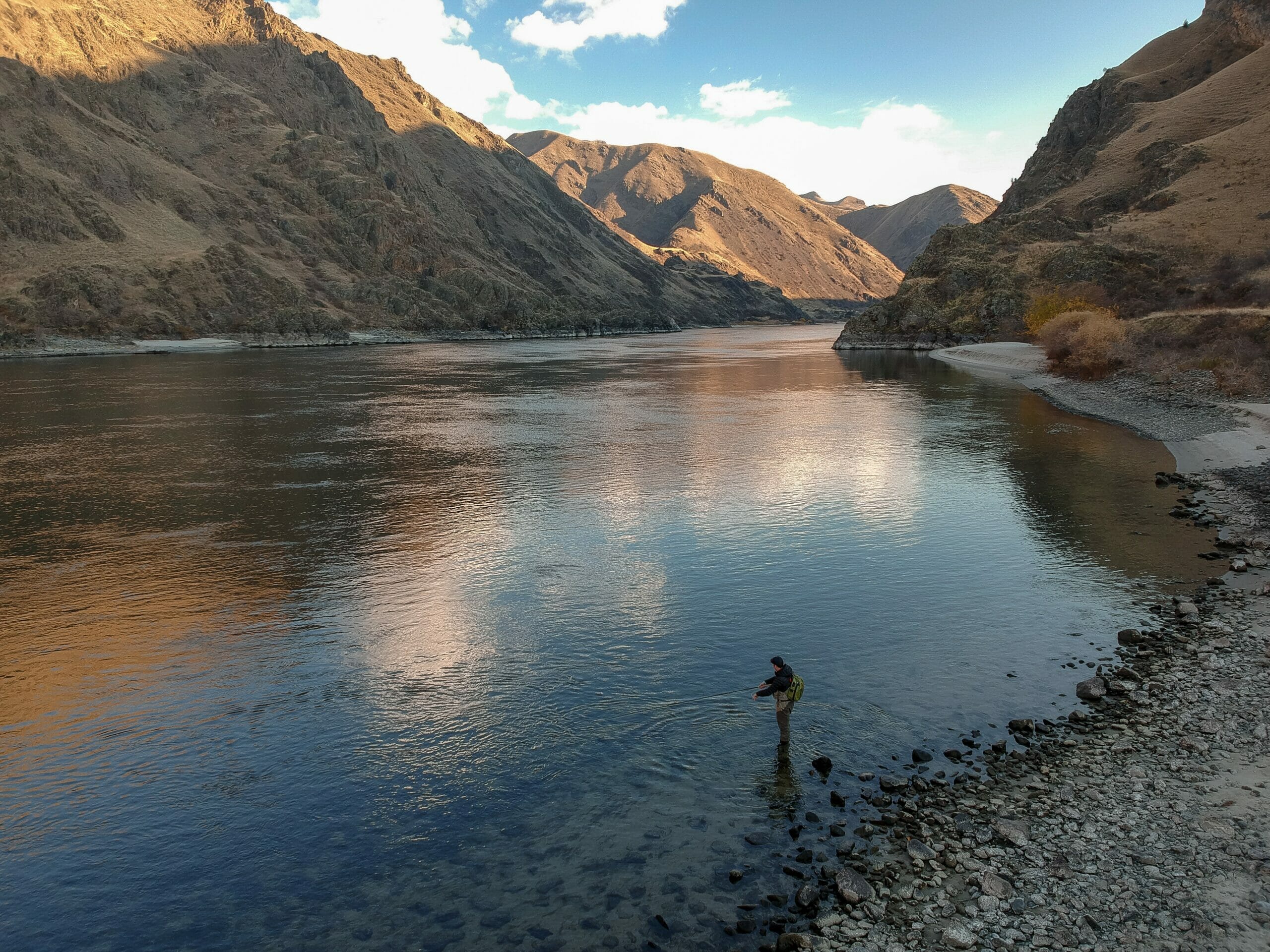If you buy flies, you know about Umpqua Feather Merchants. If you tie flies, you know about Umpqua Feather Merchants. But if you think that Umpqua is only about flies, you might be in for a surprise.
The story began almost 50 years ago. In 1972, most fly shops sold flies tied by local guides, shop owners and from a number of commercial tiers. Getting a large, reliable supply of flies was a problem. Flies from offshore suppliers were often pretty shabby affairs, and they had a terrible reputation among tiers and anglers alike.
Enter Dennis Black — a guy with an idea. He saw the need for better flies, and believed he knew the solution to the problem. Dennis knew that if he could manage to keep the quality of the flies very high, the flies would sell themselves. He harnessed the talents of great fly anglers like Dave Whitlock, Lefty Kreh and Mike Lawson. He founded Umpqua Feather Merchants on the premise that quantity, quality and affordability were not mutually exclusive. And the rest, as they say, is history.
Today, the folks at Umpqua’s headquarters in Louisville, Colo., retain that commitment to innovation and quality. Check out their website. Need a red disco midge in a size 24? They’ve got it. Here’s the part I like: Click the dealer button and it directs me to my local fly shop so I can buy my midges. But that’s not all Umpqua does. They’re not just a great company for fly buyers and tiers. Need a great chest or sling pack? How about a wader tote or a tippet holder or a wader belt? Tippet? Leaders? If you fish, Umpqua has the products for you.
These folks are knee deep in conservation and have been for a long time. They’ve been champions of TU’s work, making generous donations to our work on the Tongass National Forest — America’s Salmon Forest. More than 25 percent of the salmon on the West coast grow up in the rivers and streams of the Tongass. One in 10 jobs in southeast Alaska is connected to the $1 billion dollar salmon fishery. The Tongass is a steelhead destination, too. And Umpqua has provided support for our work to catalogue all known habitat for these anadromous fish in southeast Alaska.
That’s why I wasn’t a bit surprised when I saw that Umpqua had signed on in support of TU’s proposal to remove the four dams on the lower Snake River in eastern Washington. My friend Russ Miller is the director of marketing at Umpqua, so I thought I’d call and check it out. I wanted to see what their rationale was for backing this bold idea. Turns out it was pretty straight forward.
“At Umpqua, we say we’re tied to the water,” Russ said. “Our love of the water is the constant that binds us all together. From flies to tools, everything we do is made for the water. The Snake is an iconic American river that once supported plentiful runs of salmon and steelhead. For decades now, we’ve tried to work around the issue of the dams with fish ladders, barges and a host of other failed alternatives. The fact is that we can either have dams on the Snake or fish in the Snake. We can’t have both.”
Umpqua Feather Merchants and Trout Unlimited stand proudly together in support of the proposal to “Remove the Lower Four”.



